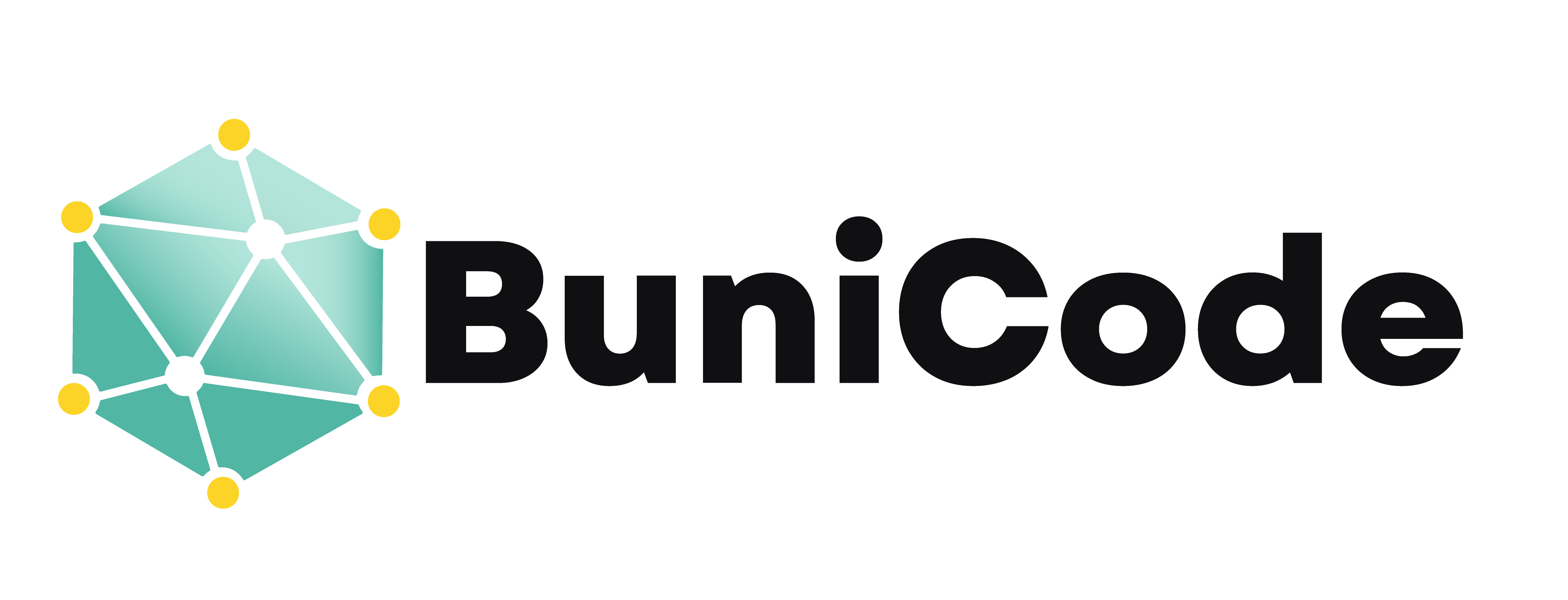
You’ve got a brilliant fintech idea. You talk to a few developers, they quote a number, and it sounds doable.
But then reality sets in.
Suddenly you’re hiring a compliance consultant, paying for infrastructure you didn’t plan for, and wondering why your “quick MVP” is three months late and twice the budget.
Here’s the truth: Building a fintech app involves way more than writing code.
At Bunicode, we’ve built products for startups from Toronto to Nairobi—and we’ve seen founders underestimate the true cost over and over again.
Let’s break it down so you don’t make the same mistake.
Development Costs Are Just the Tip of the Iceberg
Sure, developers are a major expense. But that’s only one slice of the pie.
Other hidden costs include:
- Product strategy & UX design: Before code, you need a user-centric plan
- DevOps & deployment: Who’s setting up and maintaining your CI/CD pipeline?
- Security & compliance: You’ll need encryption, access controls, and maybe a DPO
- QA & testing: Manual and automated testing take time and talent
- Third-party integrations: Most fintech apps need banking APIs, KYC services, etc.
Reality check: Even for a lean MVP, you’re not hiring a dev—you’re assembling a team.
Regulatory Compliance Isn’t Optional
If you’re dealing with money or user data, you’re entering regulated territory.
Expect costs for:
- Legal advice (local and international if you’re global)
- Data protection (e.g., GDPR, PIPEDA, Kenya DPA)
- Audit preparation and documentation
Tip: Planning compliance early is 10x cheaper than retrofitting it later.
Infrastructure Will Cost More Than You Think
Even if you start on Firebase or Heroku, infrastructure bills grow fast.
What adds up:
- Cloud hosting (AWS, GCP, Azure)
- Monitoring tools (Datadog, Sentry, etc.)
- CI/CD tools
- Storage and backups
- High-availability configurations
Fintech users expect real-time, always-on performance. That infrastructure isn’t free.
Time = Money (Especially When You’re Funded)
Every week your product isn’t live is a week without:
- User feedback
- Revenue
- Momentum for funding or PR
So while it might feel cheaper to “go slow,” it’s often more expensive in lost opportunity.
This is why speed with strategy matters.
Long-Term Support & Iteration Is a Line Item
Your app isn’t done at launch. It’s just beginning.
You’ll need:
- Bug fixes
- Security patches
- New features (based on real-world usage)
- User support
Ignoring this leads to churn, tech debt, and stagnation.
Smart teams budget for 6–12 months of runway post-launch.
Brand, UX & Trust Design Matter (A Lot)
Fintech apps have to feel trustworthy. If your app looks like a school project, users bounce.
What great fintech products invest in:
- Clean, modern UI
- Smooth onboarding
- Copy that reassures and explains
- Polished branding that communicates trust
It’s not “extra”—it’s conversion and retention.
What You’re Really Paying For
When you build a fintech app, you’re investing in:
- Product clarity
- Regulatory readiness
- Infrastructure reliability
- Team agility
- User trust
Code is just the wrapper.
Bunicode’s Approach: Predictable Costs, Smarter Builds
We help startups:
- Define what really matters for launch
- Avoid bloated budgets by simplifying scope
- Build MVPs that meet legal, tech, and user standards from day one
From backend to brand—we handle more than code.
Budget Beyond the Build
If you’re planning a fintech product, don’t just budget for “development.”
Budget for trust. Budget for security. Budget for scale.
And if you want help doing it smart, let’s build together.



